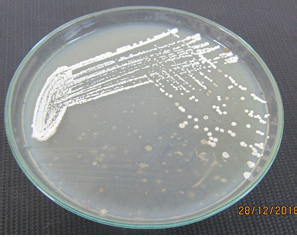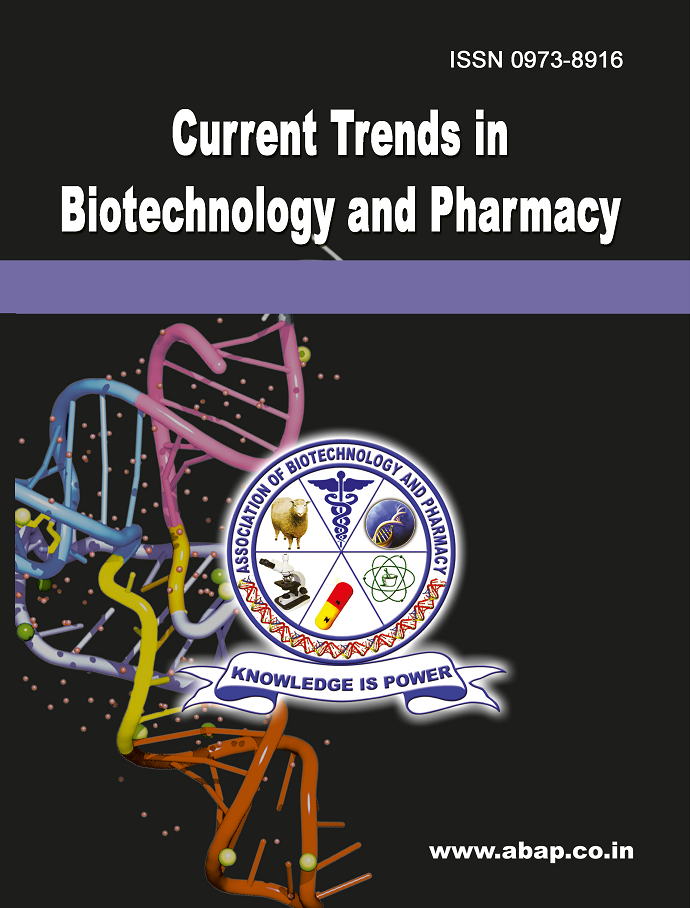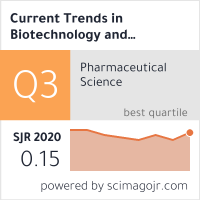Exploring the Multifaceted Applications of Streptosporangium terrae: From Antibacterial Activity to Microbial Fuel Cells
DOI:
https://doi.org/10.5530/ctbp.2025.3.33Keywords:
Streptosporangium terrae, Microbial Fuel Cells, Bioelectricity, Antibacterial activity, FT-IRAbstract
The present study explored the dual potential of Streptosporangium terrae, isolated from the Western Ghats of Tamil Nadu, India, for antibiotic production and bioelectricity generation using microbial fuel cells (MFCs). The optimization of growth conditions, including pH, temperature, incubation time, and nutrient sources, was conducted to enhance the production of bioactive metabolites and electricity. Antibiotic sensitivity was tested against vancomycin, tetracycline, amikacin, and amoxicillin, revealing resistance to tetracycline and sensitivity to the other antibiotics tested. The antibacterial activity was evaluated against pathogenic strains such as Escherichia coli, Staphylococcus pyogenes, Pseudomonas aeruginosa, Klebsiella oxytoca, and Proteus mirabilis. The secondary metabolites were characterized using FT-IR spectroscopy, which identified functional groups such as amines, alkenes, and carboxyl groups. The MFCs utilizing S. terrae demonstrated the conversion of chemical energy into electrical energy, with a peak voltage of 1.204 mV observed on the 5th day. This study highlights the potential of S. terrae in sustainable energy production and antimicrobial applications, contributing to environmental sustainability.



